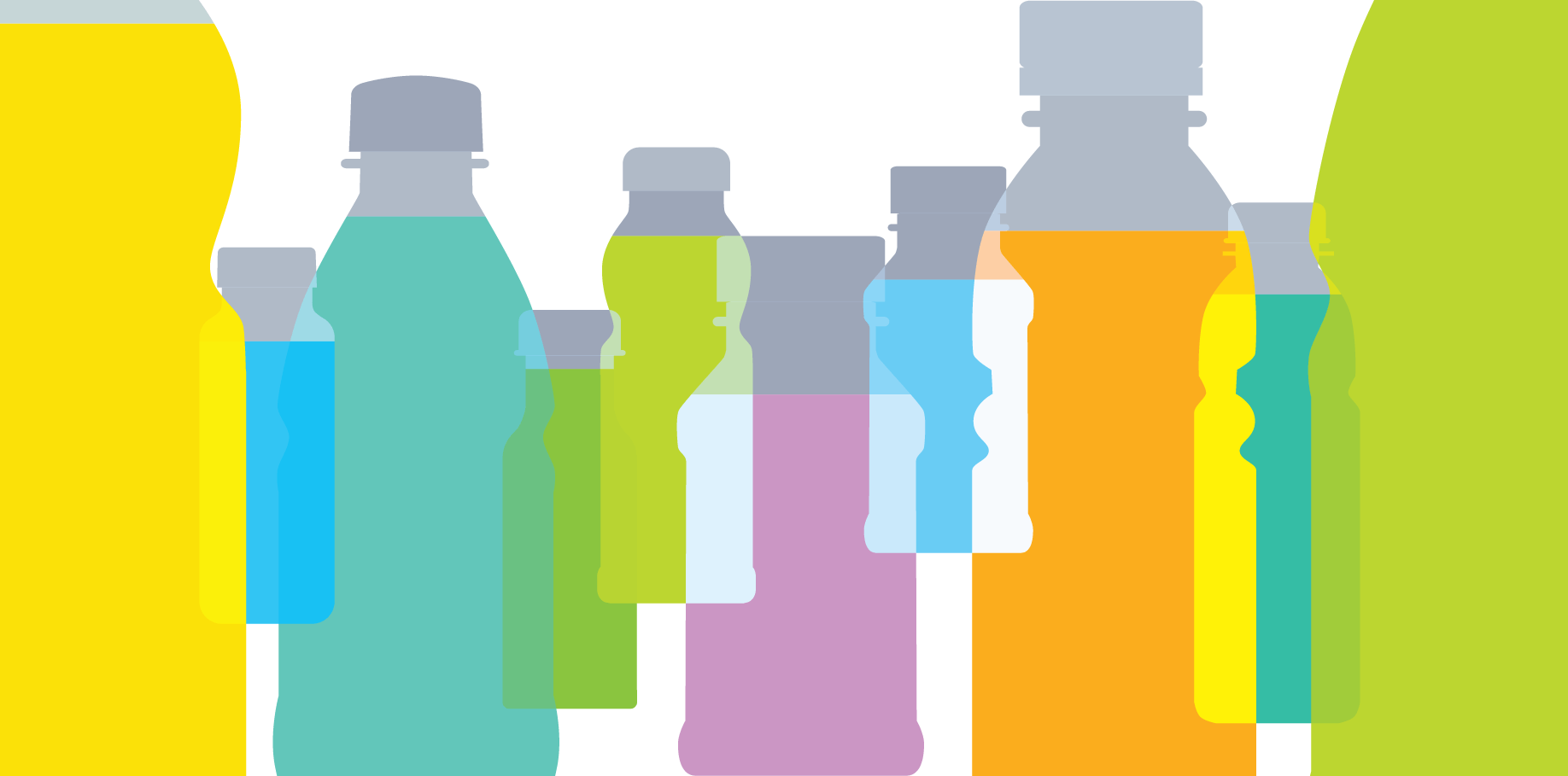
II
SSB tax coverage
Libby Hattersley, Kate Mandeville
This second in a series of stories introducing the Global SSB Tax Database examines population coverage of SSB taxes worldwide, and by World Bank region and income group. It also explores the products covered by these taxes. For more information, check out our data story on SSB tax designs in this series. This story uses data from the February 2023 version of the Global SSB Tax Database. Visit the World Bank Data Catalog or Github repository to access the latest data.
Rotate your screen to landscape mode or switch to a larger screen for best viewing experience.
1
More than half of the world’s population lives in a country with a national SSB tax, though coverage varies
… a higher proportion of people living in low and lower-middle income economies are covered by a national SSB tax than in high and upper-middle income economies.
Click here for more information on World Bank income classifications.
2
There is also wide variation in products covered by SSB taxes
Ideally, all commonly-consumed non-alcoholic beverages that are high in free sugars would be taxed.
 Sodas
Sodas
 Energy drinks
Energy drinks
 Concentrates and syrups
Concentrates and syrups
 Sweetened juices
Sweetened juices
 Flavored milks
Flavored milks
 Flavored Water
Flavored Water
 Unsweetened juices
Unsweetened juices
 Sports drinks
Sports drinks
 Sweetened tea and coffee
Sweetened tea and coffee






3
Too many SSB taxes apply to unsweetened bottled water








Learn more
This story uses data from the Febrary 2023 version of the Global SSB Tax Database. Access and download this and other versions of the Database here. For more interactive data visualizations and stories, visit Global SSB Tax Database landing page.
While all reasonable efforts are made to ensure the Global SSB Tax Database is comprehensive, accurate, and up to date, there may be unintended exclusions or errors. The number of implemented SSB taxes changes frequently and design changes to existing tax policies are common. The Database is updated biannually with verified information on new SSB tax developments and corrections where new information is received.